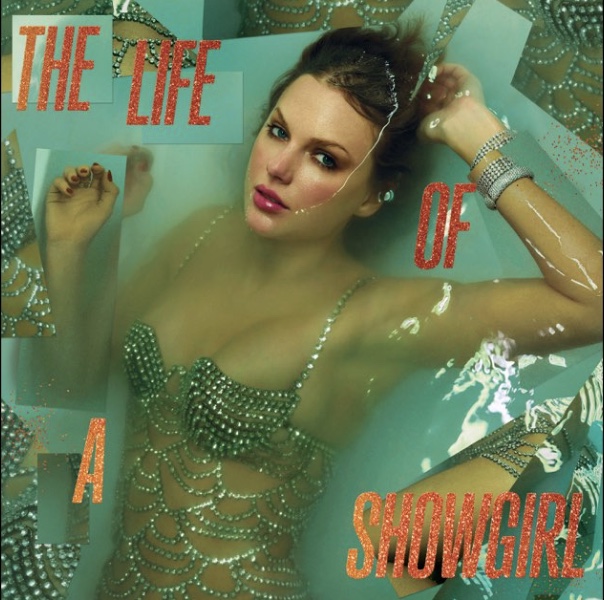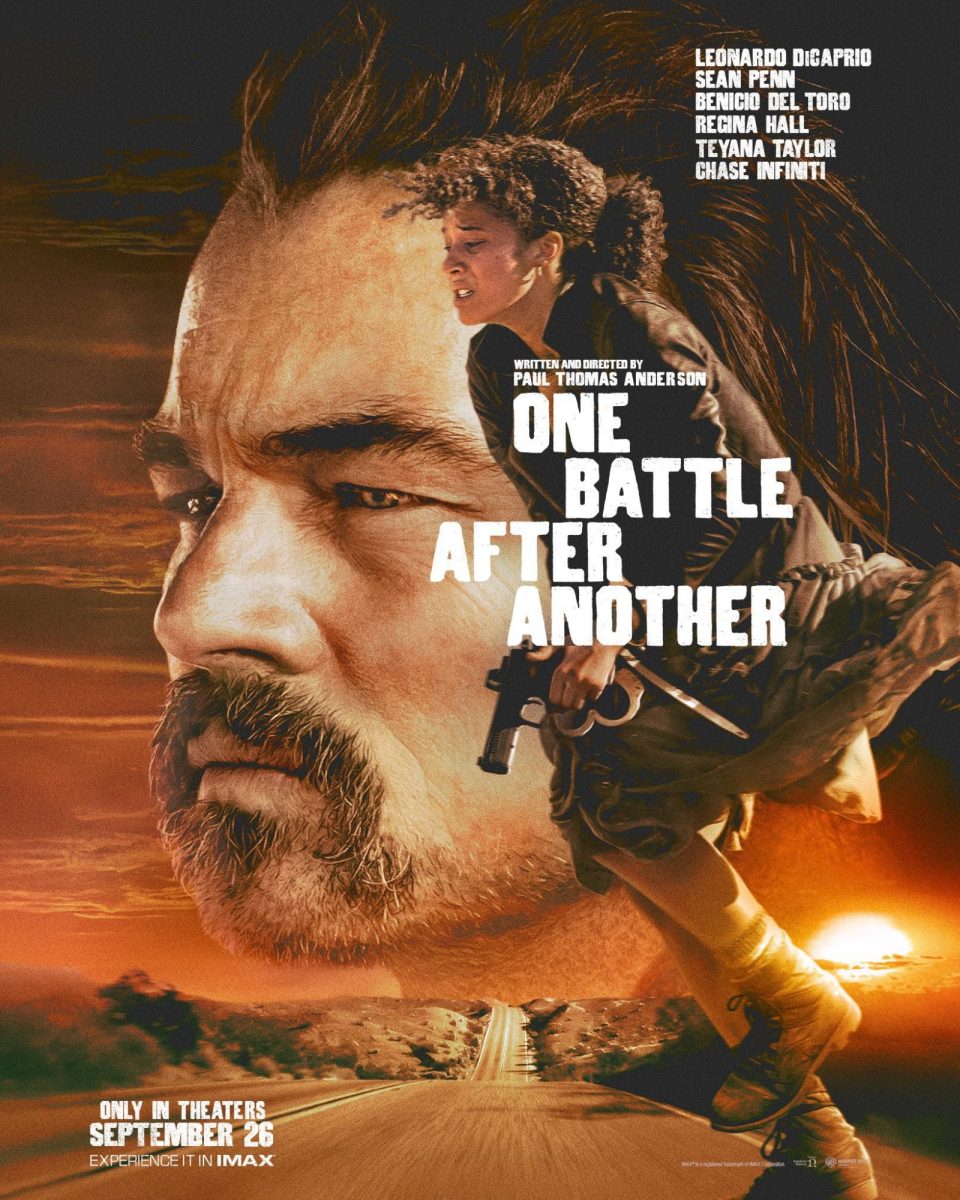Lasso Reporter Liam Bridge is on the scene to watch Hollywood’s most recent releases and give readers a full, non-spoiler review of the films.
“The Hateful Eight”
When Quentin Tarantino directs a movie he often includes nonlinear storylines, offensive language, the same actors, and gut wrenching violence. Tarantino’s new movie, “The Hateful Eight,” does not shy away from these aspects of his older films. The film runs for almost three hours and has an intermission somewhere near the halfway mark. The movie was screened in 70-mm panavision, in other words, the screen is expanded and almost twice as wide as it is tall.
The movie takes place on the snowy mountainous territory of Wyoming post Civil War. A blizzard forces eight strangers into one cabin. One of the strangers is prisoner Daisy Domergue (Jennifer Jason Leigh), accompanied by her captor John “The Hangman” Ruth (Kurt Russell), who has explained to the rest of the strangers that her $10,000 bounty is his. However, the rest of the strangers may not agree with him.
The character development is greatly part of the story. The racial tension between Major Warren (Samuel L. Jackson), and the other seven strangers fuels most of the story in the first part before the intermission. Especially, General Smithers (Bruce Dern) and Major Warren, who are both Civil War veterans from different sides.
The blood and violence is greatly exaggerated. At points in the movie, there is seemingly real violence, but then it switches to violence for a comedic effect with gallons of red liquid bursting out onto the screen.
The movie has strong characters with rich backstories, and the arc of the story is entertaining, but the ending leaves you with no satisfied conclusion to an otherwise enjoyable film. The story surprises the filmgoer with each twist and turn, but falls flat in the ending in a classic Tarantino style ending.
“Legend”

The Kray twins have cemented themselves into gangster history through their strong use of violence and intimidation, but has the movie “Legend” done the same for cinematic history? With Tom Hardy showing off his acting chops by playing both of the twin gangsters, the story just can’t quite pull itself into the legend it wants to be.
The movie chronicles the Kray twins’ rise and fall in the 1950’s and 1960’s in East London. Hardy plays charismatic and handsome Reggie Kray as well as terrifying and mentally unstable Ronald Kray. Throughout the movie, the twins try to control London through protection rackets, gambling, and armed robbery, as well as owning a nightclub, leading to the twins’ low caliber fame in the sixties.
The movie is narrated by Reggie’s love, Frances Shea (Emily Browning). In the beginning, Shea gets Reggie to show his soft side, but as the movie advances she only becomes useful as an object for Reggie’s affection, without further character development of Shea.
Each scene portrays Ronnie’s homicidal tendencies, with paranoia steaming out of his ears, and Reggie’s swagger and calming demeanor; their butting heads eventually lead to the fall of the Kray twins’ grip on London.
When the dialogue stops, violence takes over. The intense scenes of violence show the audience exactly what the Kray twins were known for.
The contrast and conflict of the twins’ behavior stands out as the jewel of “Legend,” but since the narration is done by Reggie’s love interest, the more significant business dealings are not shown and the audience is left wondering what the business dealings were and how they worked. In reality, “Legend” is a love story masked behind twin gangsters flaunting their wealth and power.
“The Revenant”

At what length will a man go to avenge his son? The film “The Revenant” explores this idea with a hint of magic realism running through its veins.
Based on real life frontiersman Hugh Glass (Leonardo DiCaprio), the film is set in 1823 in the snowy wilderness of the Midwest. Glass is working for a fur trapping company under the direction of Captain Henry (Domhnall Gleeson), when the company is suddenly ferociously attacked by the Arikara Native American tribe.
Only one third of the fur trappers survive and are able to escape by boat. When Glass is out scouting the next day, he is mauled by a bear and left with life threatening wounds. Three men, John Fitzgerald (Tom Hardy), Bridger (Will Poulter), and Glass’ son Hawk (Forest Goodluck), stay back to tend to him until he dies peacefully. Fitzgerald decides it is too risky and kills Glass’ son, leaving Glass for dead. Glass then must trek through the wilderness back to civilization to avenge his son.
The movie is equally a tale of Glass’ redemption and Fitzgerald trying to escape a world of torture. The acting is superb and each character shows a personality of a 19th century frontiersmen. Although the film draws inspiration from many others, it can be best described as a mix of “Gladiator” and “Jeremiah Johnson.”
The cinematographer, Emmanuel Lubezki, mixes beautiful long shots of mountainous terrain and close ups of the actors, showcasing the emotions and pain in every scene. The crystal clear picture shows the audience what true beauty is in a snow filled world of pain and suffering. The film’s use of natural light makes the movie authentic and pure.
The Academy Award winning director of “Birdman” Alejandro González Iñárritu, makes a clear film of vengeance and leaves a spiritual message for each member of the audience to decipher for themselves.











Lui Shipper • Jan 22, 2016 at 9:39 PM
These were very well written reviews. Hope to see more of these in the future.